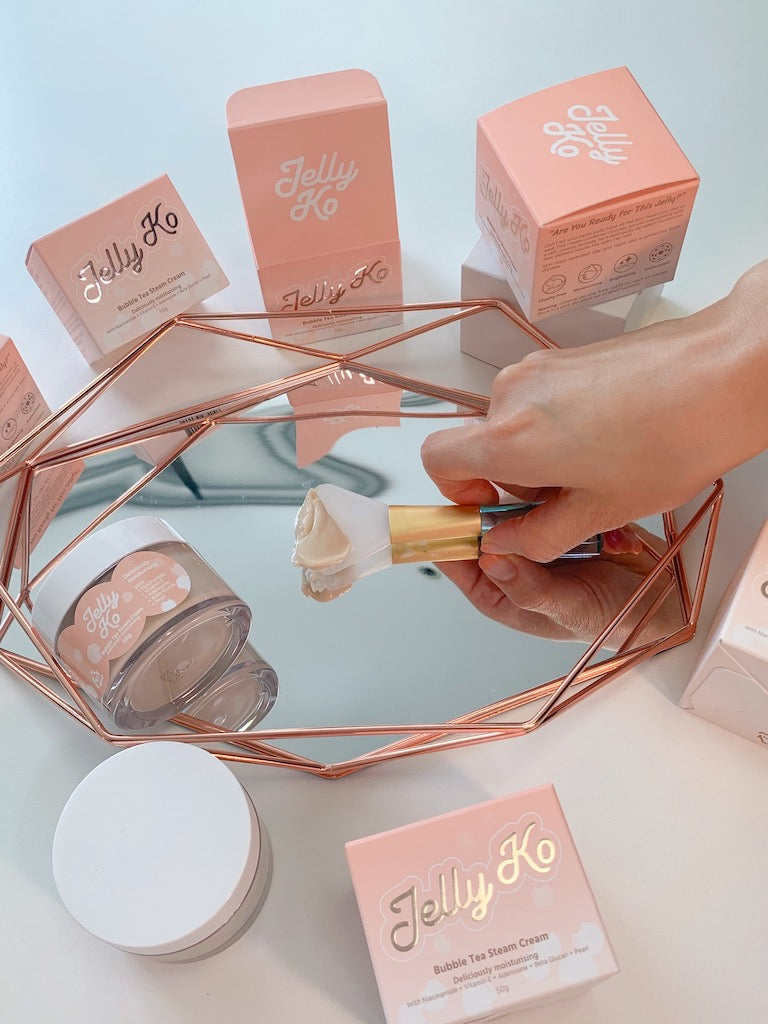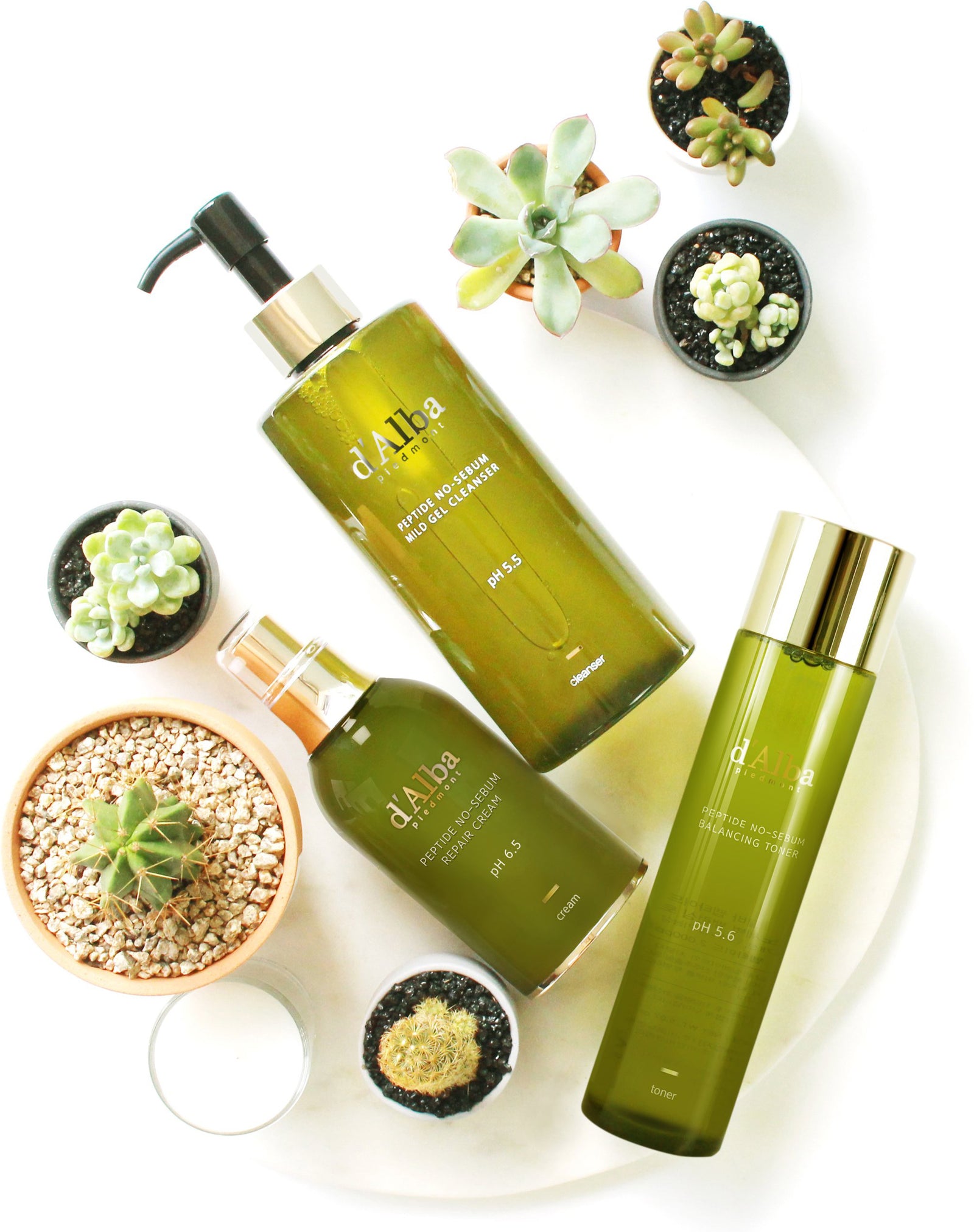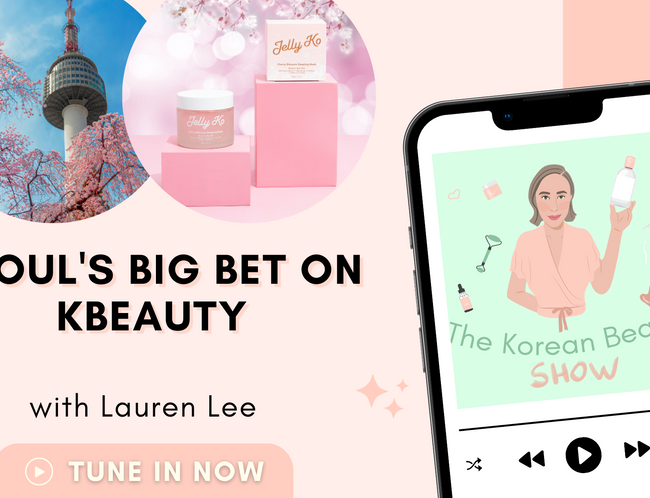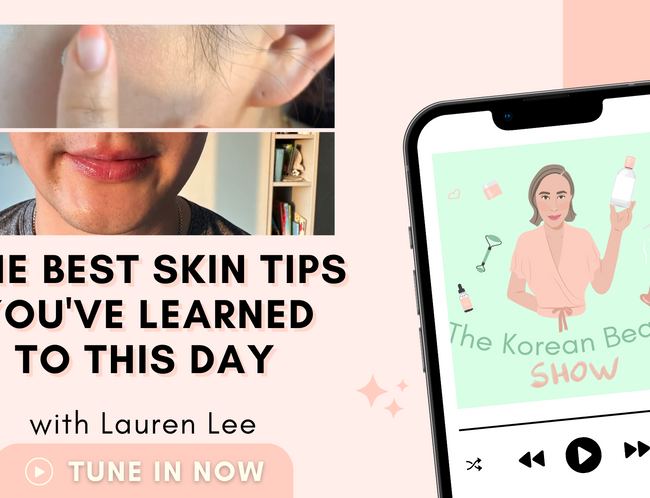The Problems With Korea's Clean Beauty Trend
Episode Description:
On today’s episode of the Korean Beauty Show, Lauren discusses the problems with Korea’s clean beauty trend. She delves into some of the myths being used by K-Beauty brands to market their products, issues with the rating apps and the industry’s reliance on the EWG Green Grade rating system.
CONNECT WITH ME
Instagram:www.instagram.com/lauren.kbeauty
Shop Kbeauty:www.stylestory.com.au
Style Story’s Instagram: www.instagram.com/stylestory_kbeauty
Jelly Ko’s Instagram: www.instagram.com/jellyko_official
Facebook: www.facebook.com/stylestory.au
Website:www.thekoreanbeautyshow.com
Sign Up to Our Mailing List to Join Tester's Club:https://stylestory.com.au/pages/free-gift-signup
Pinterest:https://www.pinterest.com.au/stylestoryau
Tik Tok: https://vt.tiktok.com/ZSaHUgHL/
Download Your Free Guide to K-Beauty:https://manage.kmail-lists.com/subscriptions/subscribe?a=XgHS8t&g=SmUKy
If you use beauty products, it’s impossible to not have heard of clean beauty. These days you’ll see beauty companies claiming that their products are “Free from Nasties”, use “Green Level Ingredients Only”, are “EWG Green Grade Approved”, “Toxin Free” and “Sustainability Friendly”.
When the average consumer sees this they think, “Great! I want my products to be clean. Well, I certainly don’t want dirty products!”
It’s only natural that you want your products to be good for your health and good for the environment.
But what if all of this was based on a lie?
Let’s talk about the science – or the lack of science – behind clean beauty, as well as some of the problems with Korea's clean beauty trend.
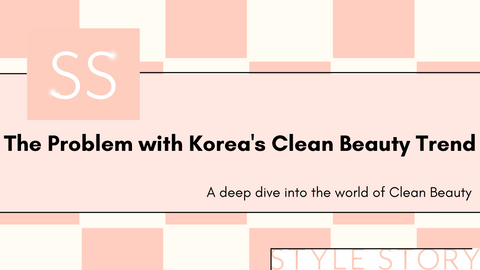
Q: WHAT IS CLEAN BEAUTY?
A: Clean beauty is one of those concepts that everyone seems to understand, but no one can really agree on an exact definition.
Generally the idea is:
- You take a look at the ingredients list of your skincare products.
- You check it against a list of so-called dirty or nasty ingredients on a site like the EWG or on an app like Hwahae.
- If it has any of these ingredients it’s dirty, if it doesn’t then it’s clean.
There are some well-known Youtubers in Korea that refuse to even try, open or use a product based simply on a check of a product’s ingredients list alone. They think they can tell how good a beauty product is just by looking at its ingredients list.
Q: CLEAN BEAUTY MUST BE REGULATED, WITH A LEGAL DEFINITION OR A LIST OF AGREED-ON, BLACKLISTED INGREDIENTS, RIGHT?
A: No.
The terms “clean”, “green”, “non-toxic” etc. are not defined by the government or the cosmetics industry in Australia, Korea or the US.
Even the lists of ingredients that are considered ‘harmful’ can vary greatly between brands.
“Clean” usually means that a product is ‘free from’ ingredients that the brand has deemed to be harmful.
In Korea, a common source used by clean beauty brands and enthusiasts to vet products and ingredients is the Environmental Working Group’s (EWG) list. This list rates ingredients using a traffic light system: Green Level (Good), Amber (Caution) and Red (Bad). You’ll frequently see this list referred to in the cosmetic ratings apps, by Kbeauty brands and even in some offline stores around Korea.
The truth is that this group (the EWG) is very problematic and has no relation to any of the government agencies responsible for regulating cosmetics.
For one, the EWG green grade list measures toxicityto the environment. It doesn’t use data or research that has been extrapolated to measure the risk or harm of a particular ingredient to human health when used in small doses in a cosmetic product. It also receives funding from organic beauty companies.
But at its core, the EWG’s green grade list serves no actual purpose. It just makes things more confusing for consumers. Unfortunately, plenty of really well researched and understood cosmetic ingredients end up on the EWG’s Red List thanks to fear-mongering. Take retinol, for example.

Plus, considering Korea’s MSDS already regulates ingredients that are actually dangerous the EWG is just redundant. Even if the EWG did literally nothing, there are consumer protection bodies in Korea and across the world that step in and create regulations about ingredients that are genuinely harmful to human health.
In fact, the MSDS recently did just that, banning a list of 8 compounds commonly used in brown hair dyes.
Q: WHAT’S THE PROBLEM WITH CLEAN BEAUTY?
The simple fact of the matter is that the whole concept of “clean” beauty products has no basis in reality. Instead, the idea is based on “feel good” actions that make people think they’re doing the right thing or doing something positive for themselves, their skin and/or the environment.
While it is easy to understand the pull of wanting to do the right thing for yourself and your skin, the data doesn't back up the claims. This is because clean beauty:
- doesn’t actually make us more healthy;
- doesn’t necessarily help the environment;
- doesn’t really do what it says on the tin;
- Is full of myths about what does and doesn’t hurt your health and the environment
Q: NATURAL PRODUCTS MUST BE SAFER TO USE THAN THOSE CONTAINING SYNTHETIC CHEMICALS?
A: No.
There are a couple of problems with this argument when it comes to beauty products.
- First, because we have been using synthetic ingredients for far longer, there is much more research and evidence to back up their safety and efficacy.
- Some synthetic ingredients are essential for stable products to make sure they have a long shelf life. These include things like preservatives. We don’t actually know very much about the health effects of newer preservatives.
- Natural chemicals aren’t held up to the same level of scrutiny as synthetic chemicals, even though there are lots of natural ingredients that aren’t good for you.

Q: WHY CAN’T YOU MAKE A BLANKET RULE ABOUT COSMETIC INGREDIENTS?
Because you can’t say that an ingredient is good or bad without considering how it’s used.
To understand this, scientists look at two things - hazards and risks.
- A hazard is a potential source of harm
- A risk is how likely that harm will actually happen in a given situation
The old saying goes “the dose makes the poison”. "Clean Beauty" lists simply do not consider the dosage. While a certain ingredient may be harmful in excess amounts, this is not the same thing as saying that it is harmful in the amount contained in your face cream.
Take your cup of coffee, for example. If you have two cups of coffee a day most experts will tell you that’s totally fine, beneficial even. But drink 10 cups a day? You may have problems.
The other issue is that a lot of ingredients that end up on the so-called “dirty lists” have been studied in test settings, but on animals like rats. Beauty companies then just extrapolate the data from rats to humans. Clearly, that’s not going to be very accurate.

Another Myth: Clean beauty products are better and so are worth paying more for
Again, this is another issue with the clean beauty movement because the brands are making people believe that there’s a benefit to their products that doesn’t exist. Often, they are charging people more for it. This gives the companies an unfair and unethical marketing advantage.
The worst part is that a lot of these companies try to sell to people with sensitive skin.
STYLE STORY - Your Go-To for Kbeauty


